Installing herringbone wood flooring is not just a matter of laying planks down—it's an intricate process that requires precision, planning, and a keen eye for detail. The distinctive zigzag pattern may appear effortless once completed, but achieving that symmetry is a task best left to experienced professionals. For homeowners, understanding the complexities involved can help avoid costly mistakes and ensure the final result lives up to the timeless elegance that herringbone designs are known for.
At the heart of any successful herringbone flooring installation lies preparation. The subfloor must be perfectly flat, clean, and dry; even slight irregularities can throw off the angle alignment or lead to gaps between planks over time. Herringbone wood flooring relies on tight joints and consistent spacing to maintain its refined look, so installers often spend considerable time preparing the surface. Skipping this crucial step can lead to issues that are difficult and expensive to fix later.
Unlike straight plank installations, herringbone patterns demand accurate layout planning before the first piece is even glued down. It’s not uncommon to create a centerline reference to anchor the pattern and work outward in both directions. Mistakes in this stage may not become visible until halfway through the room—by then, correcting the pattern could mean starting over. That's why professional installers take precise measurements and often do a dry layout to confirm positioning and pattern flow.
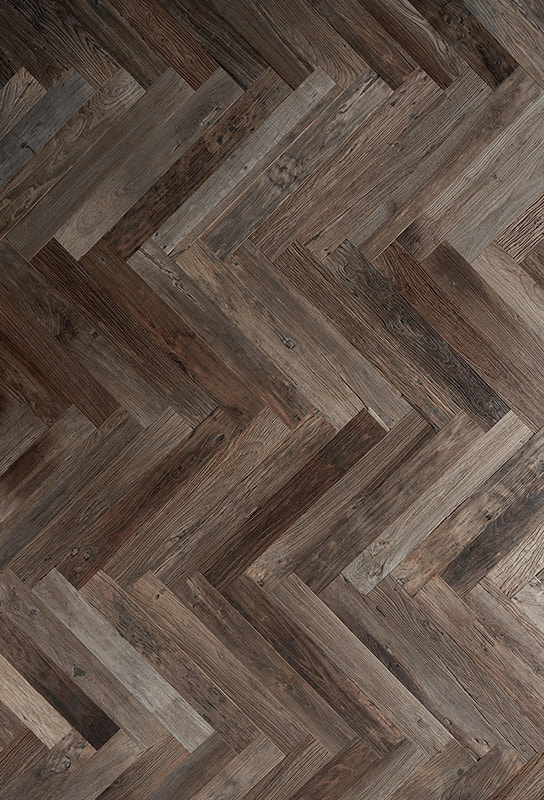
One lesser-known challenge of herringbone installation is the need for precision cutting. Every board must meet its neighboring piece at a perfect 90-degree angle, and even a half-degree deviation can disrupt the clean lines of the design. This requires skilled use of miter saws and constant attention to alignment. Moreover, when working with engineered herringbone flooring, installers must also consider expansion gaps and click-lock system tolerances to avoid tension or movement after installation.
Adhesive selection also plays a role in long-term performance. Depending on the subfloor and type of herringbone wood flooring used—whether solid hardwood or engineered—different adhesives or underlayments might be recommended. A reliable supplier can guide customers through compatible materials to avoid issues like delamination, noise, or warping over time. We’ve seen that projects using high-quality adhesive systems tend to have fewer long-term service issues, which is why we always emphasize compatibility and tested systems.
Another subtle but impactful consideration is how the pattern interacts with room shape and lighting. Herringbone flooring, when installed correctly, can enhance a room’s proportions or create a sense of flow between spaces. But if misaligned with entryways or sightlines, it can feel visually jarring. Experienced installers often align the pattern with the longest wall or a key focal point to bring out the full aesthetic potential of the design.
As a manufacturer and supplier with years of experience in precision flooring systems, we know that the beauty of herringbone wood flooring lies not only in its pattern but in the craftsmanship behind it. While the installation process may seem daunting, the end result—a richly textured, sophisticated floor—is worth the effort. For homeowners looking to combine lasting value with classic design, herringbone remains a smart, stylish investment that elevates both traditional and contemporary spaces.


 English
English 中文简体
中文简体 Français
Français
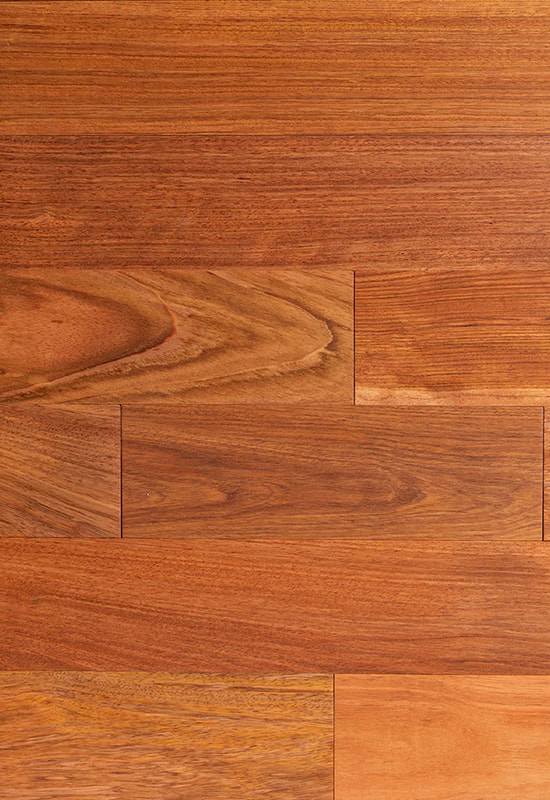
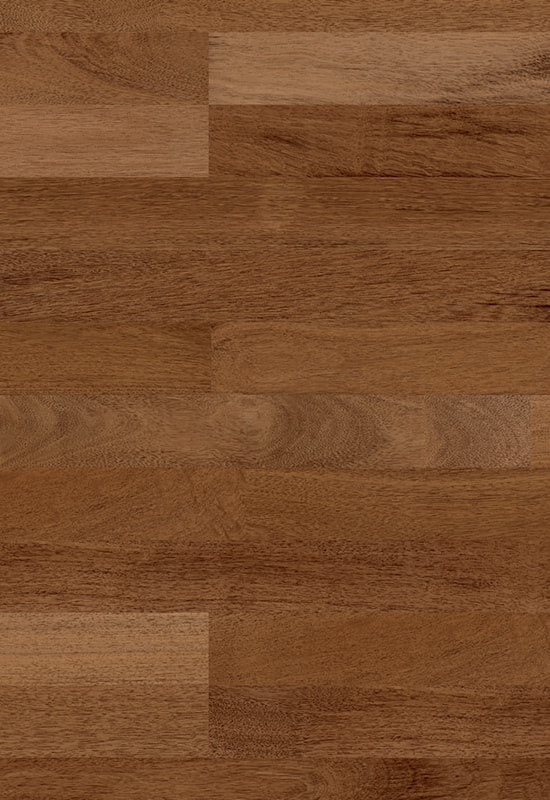
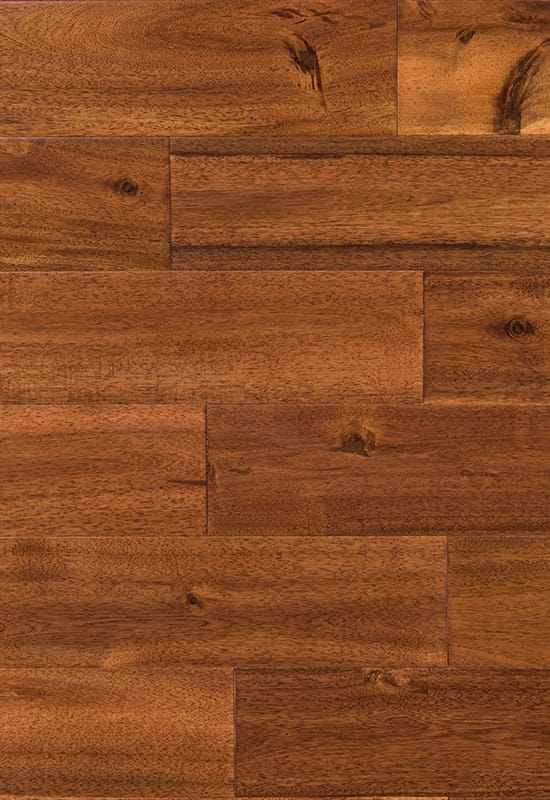
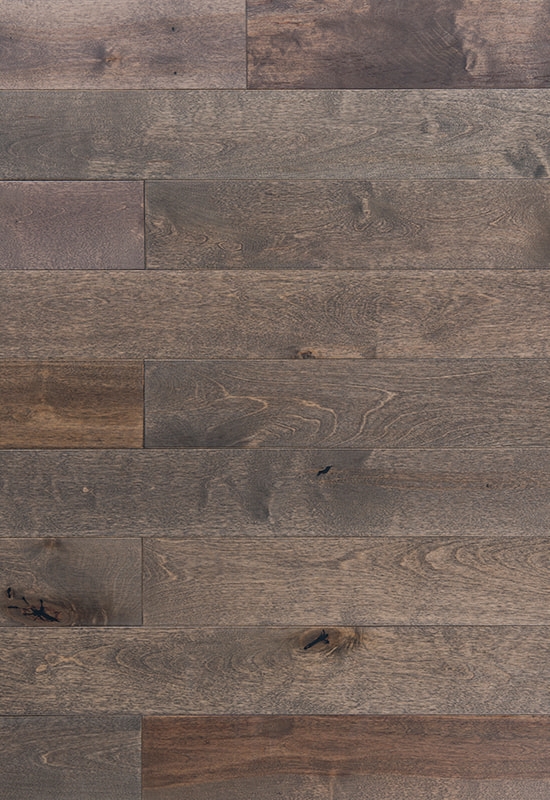
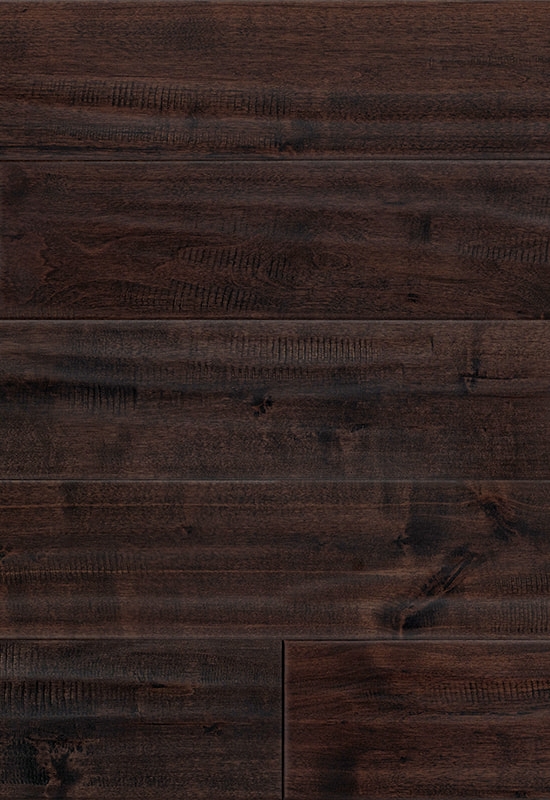
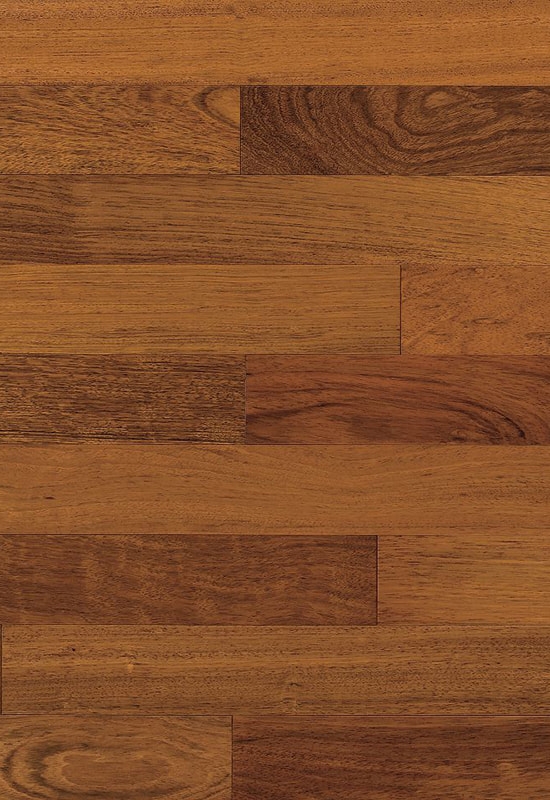
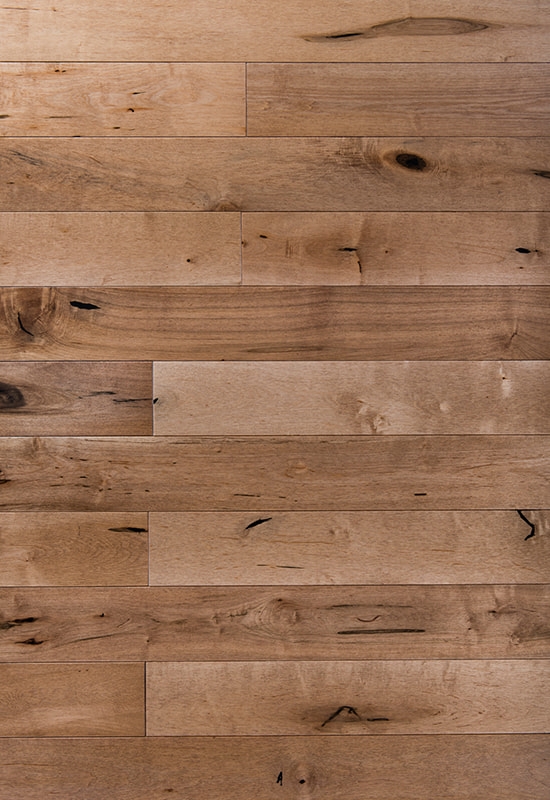
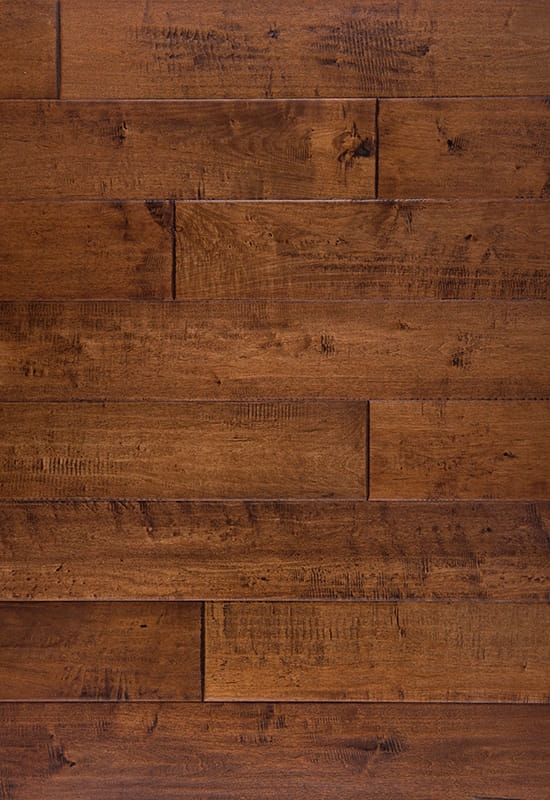
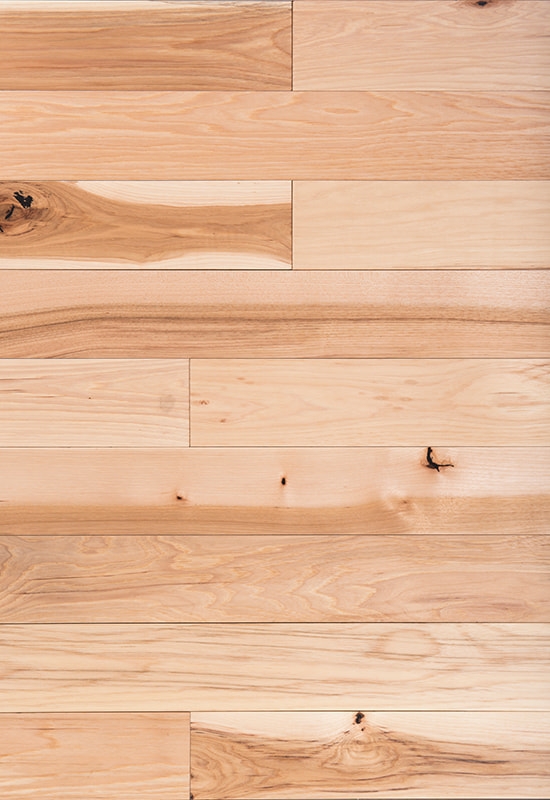
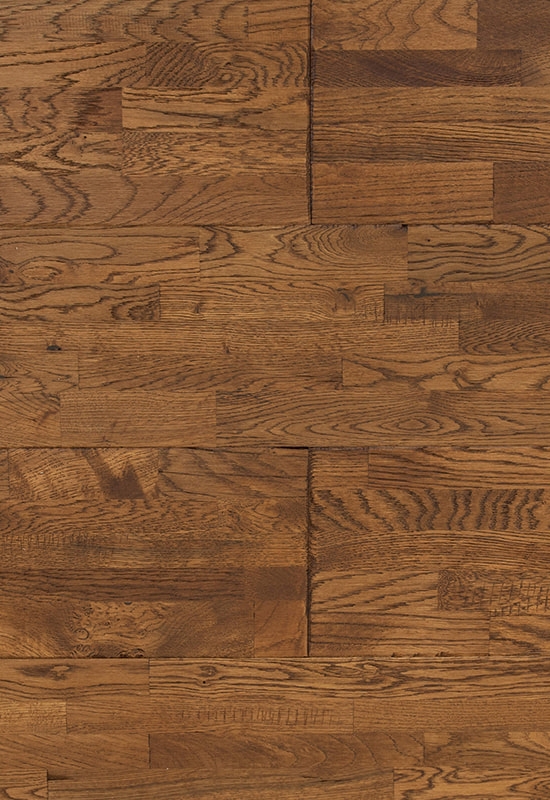
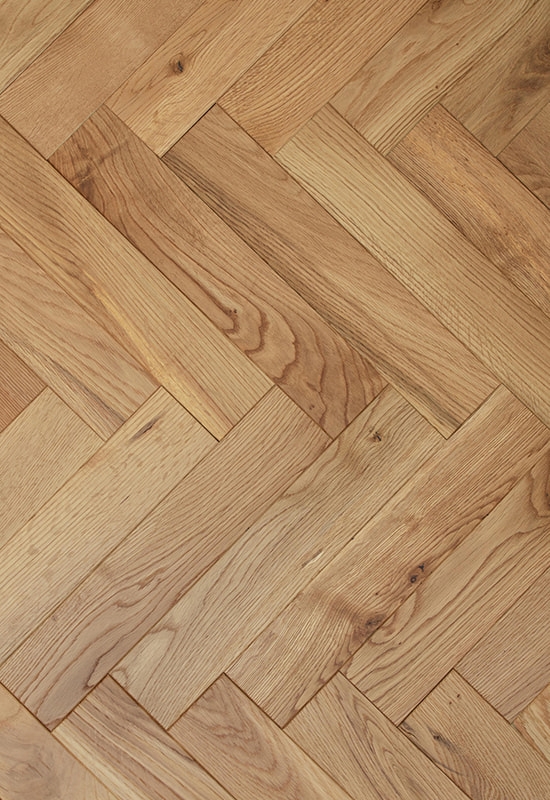
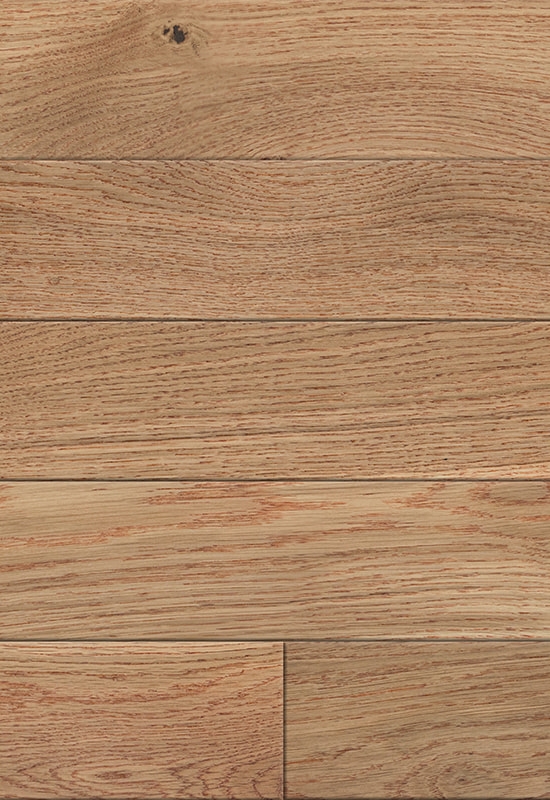

 +86-572-2118015
+86-572-2118015 No.598. Gaoxin Road, Huanzhu Industrial Zone, Huzhou City, Zhejiang Province, China, 313000
No.598. Gaoxin Road, Huanzhu Industrial Zone, Huzhou City, Zhejiang Province, China, 313000 